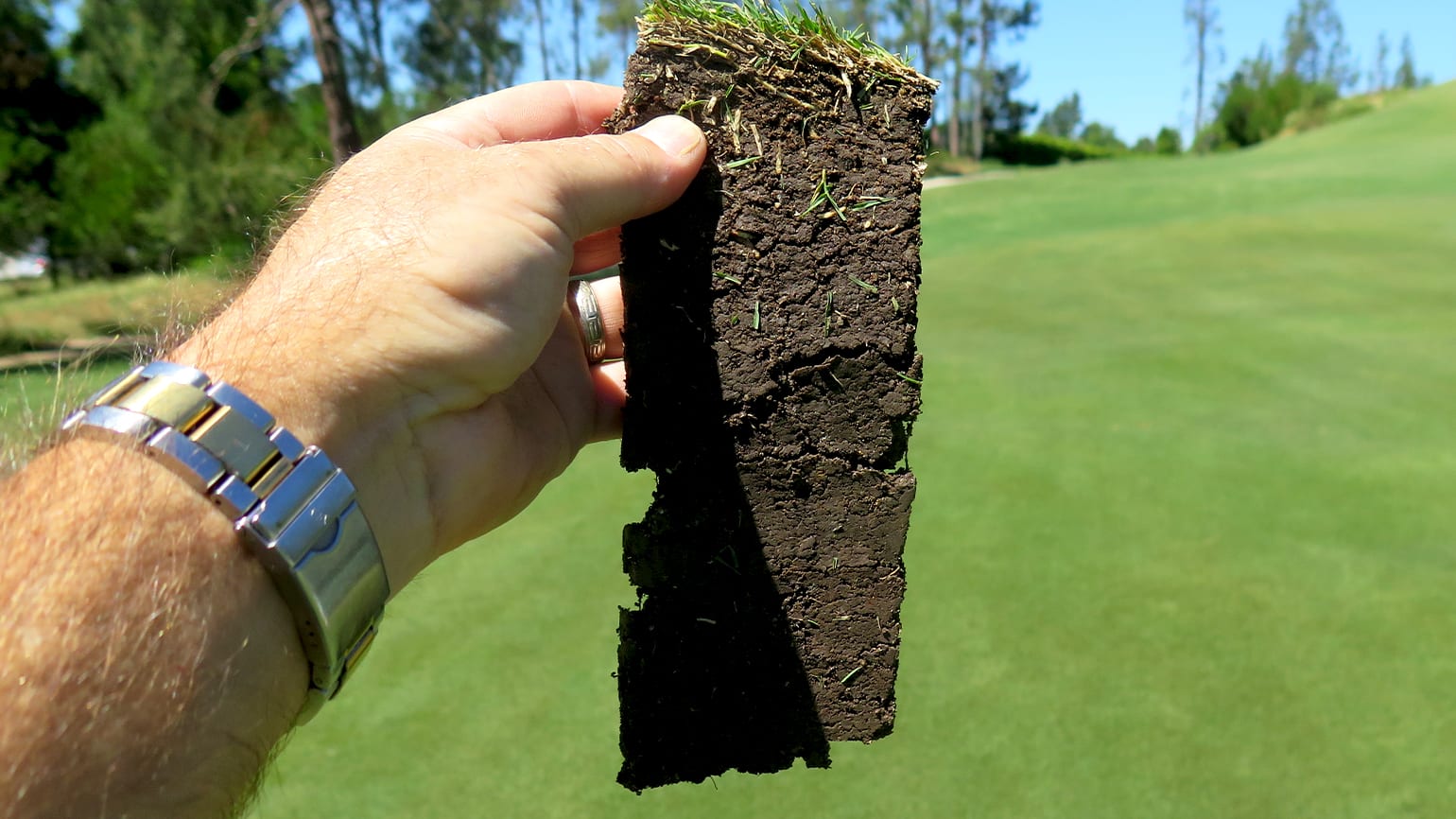Improve Your Irrigation by Using ET-Based Scheduling
On recent USGA Course Consulting Service visits, multiple superintendents have shared that turf health, playability and water use efficiency improved once the agronomic team transitioned from scheduling irrigation based on run time minutes to depth of water applied. Here are a few tips on how to pivot toward scheduling irrigation based on a specific depth of water rather than run time minutes.
- The biggest obstacle is often the discrepancy between sprinkler precipitation data in the central computer and what is applied in the field. One superintendent noted that over 27 holes, two assistants spent last summer inspecting each sprinkler and correctly updating the precipitation rate in the central irrigation computer. An irrigator followed to perform any necessary nozzle upgrades, head leveling or replacing of internal drives. It is essential to have accurate precipitation rate data in the central computer. The computer software will determine the run times based on precipitation rate and the desired depth of water. If the precipitation rate is incorrect, there is no hope of applying the desired amount of water.
- Once the computer has up-to-date and accurate precipitation rate data, scheduling irrigation events can shift to the desired depth of water. Use evapotranspiration (ET) data from an on-site weather station to help determine the appropriate water depth. Depending on the time of year, superintendents will use a crop coefficient that will range from as low as 0.5 or 50%, up to about 0.8 or 80% of ET. Individual fairways may require different crop coefficients depending on shade, orientation to the sun, or soil type. For example, in late fall when the sun is lower in the southern sky, fairways that are oriented east to west with trees south of the fairway might be programmed at only 50% of ET, while fairways receiving greater sunlight exposure may be programmed at 60%-70%. The beauty is that the computer will determine the appropriate run times to deliver the desired percentage of ET as measured by the weather station.
- Occasionally, it is beneficial to schedule deep watering events, especially in arid regions that don’t have the benefit of much precipitation. In such cases, superintendents can input 0.75 inch, for example and the computer will adjust run times to deliver this depth of water.
One superintendent shared an example where sprinklers near a green surround were programmed in minutes, usually around 12-minute run times, for quite some time. After shifting to ET-based scheduling, the run time in this area increased to 26 minutes. Turf quality and performance has improved substantially. There are other examples where ET-based scheduling significantly reduced run times, especially during the fall, winter and early spring months.
I hope this article encourages you to consider using ET-based scheduling rather than what many courses have historically relied on, which is scheduling irrigation in minutes of run time. While there may be considerable time required to accurately update the computer, it will be time well spent!
Best wishes to all and please do not hesitate to contact your regional USGA agronomist for more information on these strategies or any other agronomic practices. The USGA article “ET-Based Irrigation Scheduling” is also a valuable reference for more information on this subject.
West Region Agronomists:
Brian S. Whitlark, agronomist – bwhitlark@usga.org
Cory Isom, agronomist – cisom@usga.org
